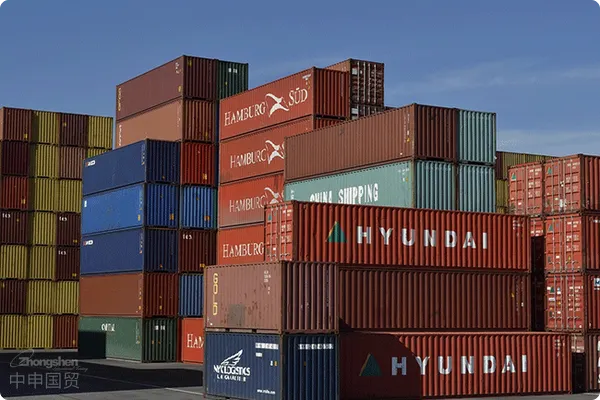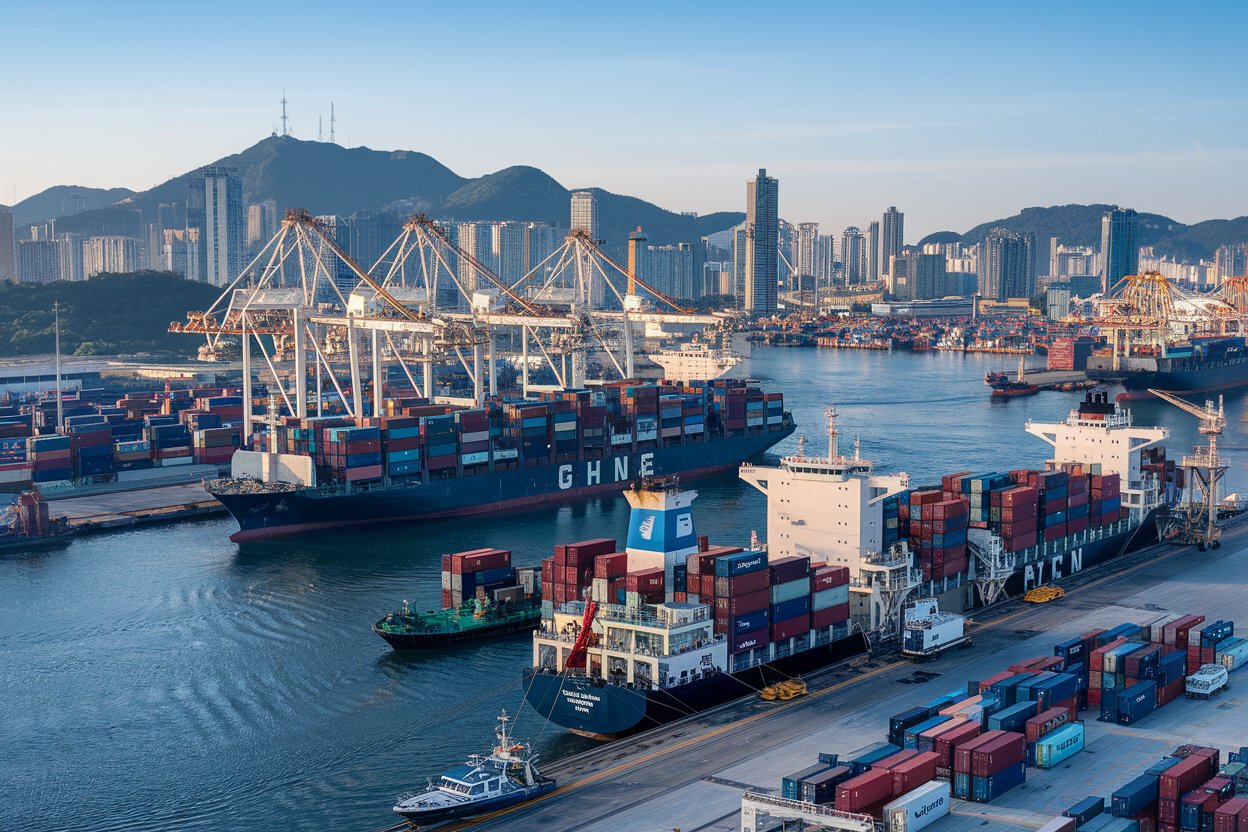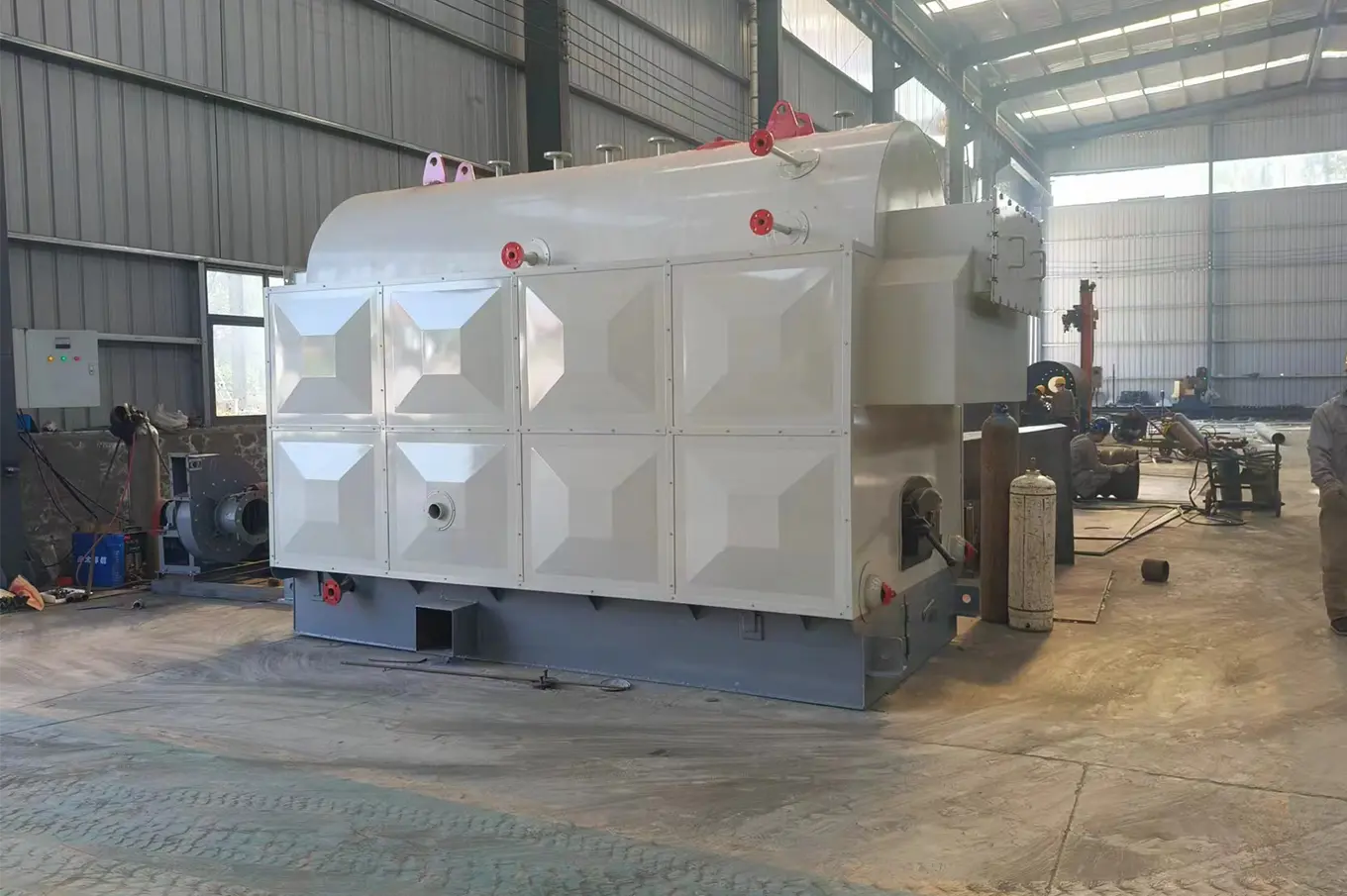- Shanghai Zhongshen International Trading Co., Ltd. – Your reliable partner with 20 years of import/export agency service expertise.

EquipmentExport Agent ServicesService filtering logic
Under the new landscape of global equipment trade in 2025, choosing a professional export agent requires moving beyond the traditional price-comparison mindset. According to the latest statistics from the World Customs Organization, the abnormal clearance rate for equipment goods is 43 % higher than that for general merchandise, and the service provider’sRisk management capabilityIt directly affects the project's profit and loss. This article will analyze the core competency model of agency service providers from a practical perspective.
Three Key Points of Qualification Review
A valid operating license is the baseline for cooperation, yet most companies overlook the following details:
- Customs AEO certification level: Prioritize selecting Advanced Certified Enterprises, whose inspection rate is 60% lower than that of ordinary enterprises.
- Special Equipment Operation License: Pressure vessels require TSG qualification.Medical DevicesCFDA Filing Required for Export
- Credit insurance underwriting limit: It is recommended to select a service provider with annual coverage exceeding USD 50 million.
Evaluation Dimensions of Project Experience
Lessons from the 2024 Vietnam power-plant project of a certain heavy-industry group show that the agent’sIndustry-specific experienceCrucial:
- No fewer than 20 operation cases for the same type of equipment
- Customs clearance records for target countries (especially special markets such as Southeast Asia and Africa)
- Support service capability: whether it has its own bonded warehouse and special-purpose transport fleet
Practical Testing Standards for Customs Clearance Capability
Equipment customs clearance hasComplex documentation and frequent tariff disputesIts characteristics; it is recommended to verify from the following aspects:
- HS Code Pre-classification Accuracy (required ≥95%)
- On-site inspection response time at the location (qualified if handled on-site within 48 hours)
- Capability to design special customs-clearance solutions such as temporary admission and re-export, ATA Carnet, etc.
The Hidden Value of Tax Planning
The tax-optimization expertise of top-tier agents can cut overall costs by 3–8%:
- Utilization rate of free-trade agreements (e.g., tariff reductions on equipment under RCEP)
- Transfer pricing compliance
- Tax RebatesTime-sensitivity control (it is recommended to choose a service provider whose monthly tax-refund rate reaches 95% or above)
Comparison of Risk Control Systems
As can be seen from a certain marine-engine export dispute case, a sound: Document review process, historical data of error ratesShall include:
- Logistics Node Monitoring System (GPS + Temperature & Humidity Sensors)
- Credit Risk Early-Warning Mechanism (Dynamic Assessment of Purchaser's Creditworthiness)
- Legal dispute resolution channels (covering at least 15 major trading countries)
Quantitative indicators of service response speed
According to industry service standards, a high-quality agent should achieve:
- Response to inquiries on working days ≤ 15 minutes
- Preparation of customs declaration documents ≤ 2 hours
- Written report on abnormal situations ≤ 4 hours
In 2025?Equipment Export?Against the backdrop of increasingly fierce market competition, selecting an agency service provider should focus on evaluating itsEnd-to-end solution capability. Enterprises are advised to set up a three-stage evaluation mechanism that covers qualification verification, case review, and stress testing, and to simulate scenarios such as customs-clearance disputes and payment conflicts so as to truly gauge a service provider’s emergency-response capability.
Category Case
Contact Us
Email: service@sh-zhongshen.com
Related recommendations
Contact via WeChat

? 2025. All Rights Reserved.









